|
 M-Class Solar Flare Erupts
M-Class Solar Flare EruptsWashington DC (SPX) Aug 10, 2010 An M-class flare erupted in active sunspot region 1093, peaking at 1824 UTC on August 7, 2010. The eruption hurled a coronal mass ejection (CME) into space. NASA's Solar Dynamics Observatory observed the flare. The CME is not fully directed toward Earth, but some of the plasma cloud may glance the magnetosphere between August 9 and August 10, causing a geomagnetic disturbance and possible aurora. Scientists classify solar flares according to their x-ray brightness in the wavelength range 1 t ... read more |
. |
|
|
Free Space, Earth, Energy And Military Newsletters - Delivered Daily |
| . | . |
 How To See The Best Meteor Showers Of The Year | .. |
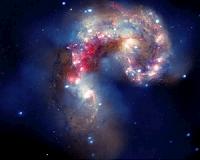 A Galactic Spectacle | .. |
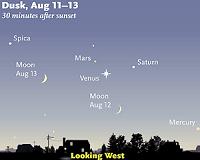 Three Planets Gather In Twilight | .. |
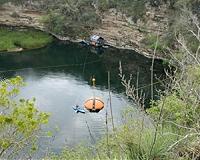 Diving Robot Discovers Life In Slow Lane | .. |
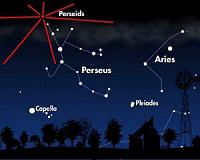 Planets Align For The Perseid Meteor Shower |
| .. |
NASA Reveals Key To Unlock Mysterious Red Glow In Space Moffett Field CA (SPX) Aug 04, 2010
Moffett Field CA (SPX) Aug 04, 2010NASA scientists created a unique collection of polycyclic aromatic hydrocarbon (PAH) spectra to interpret mysterious emission from space. Because PAHs are a major product of combustion, remain in the environment, and are carcinogenic, the value of this PAH spectral collection extends far beyond NASA and astronomical applications. For years, scientists have been studying a mysterious infrar ... more From Stone Age To Space Age  Paris, France (SPX) Aug 05, 2010
Paris, France (SPX) Aug 05, 2010The UNESCO World Heritage Committee, at its 34th session in Brasilia, Brazil, has, for the first time, endorsed a study in science heritage. The thematic study on the Heritage Sites of Astronomy and Archaeoastronomy, prepared within the framework of the International Year of Astronomy 2009, presents an overall vision of astronomical heritage and attempts to identify some of the most outsta ... more Discovery Of Saturn's Auroral Heartbeat  Leicester, UK (SPX) Aug 05, 2010
Leicester, UK (SPX) Aug 05, 2010An international team of scientists led by Dr Jonathan Nichols of the University of Leicester has discovered that Saturn's aurora, an ethereal ultraviolet glow which illuminates Saturn's upper atmosphere near the poles, pulses roughly once per Saturnian day. The length of a Saturnian day has been under much discussion since it was discovered that the traditional 'clock' used to measure the ... more |
.. |
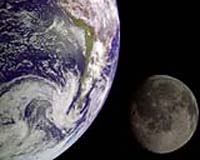 Russia To Launch Moon Probe In 2012 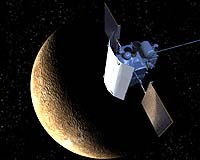 NASA probe closing in on Mercury  Instant online solar energy quotes Solar Energy Solutions from ABC Solar |
.. |
|
|
Free Space, Earth, Energy And Military Newsletters - Delivered Daily |
|
|
. |
 Coronal Mass Ejection Headed For Earth
Coronal Mass Ejection Headed For EarthWashington DC (SPX) Aug 04, 2010 On August 1st around 0855 UT, Earth orbiting satellites detected a C3-class solar flare. The origin of the blast was Earth-facing sunspot 1092. C-class solar flares are small (when compared to X and M-class flares) and usually have few noticeable consequences here on Earth besides aurorae. This one has spawned a coronal mass ejection heading in Earth's direction. Coronal mass ejections (or CMEs) are large clouds of charged particles that are ejected from the Sun over the course of several hours an ... read more |
| The contents herein, unless otherwise known to be public domain, are Copyright 1995-2010 - SpaceDaily. AFP and UPI Wire Stories are copyright Agence France-Presse and United Press International. ESA Portal Reports are copyright European Space Agency. All NASA sourced material is public domain. Additional copyrights may apply in whole or part to other bona fide parties. Advertising does not imply endorsement, agreement or approval of any opinions, statements or information provided by SpaceDaily on any web page published or hosted by SpaceDaily. Privacy statement |
| Previous Issues | Aug 10 | Aug 09 | Aug 06 | Aug 05 | Aug 04 |